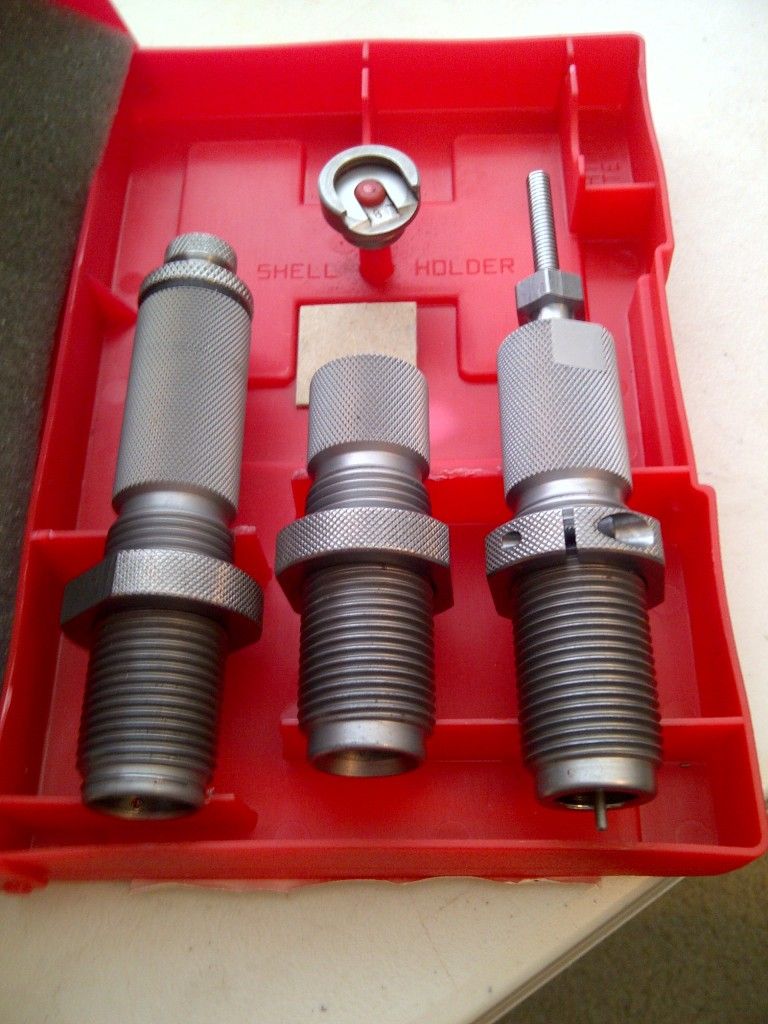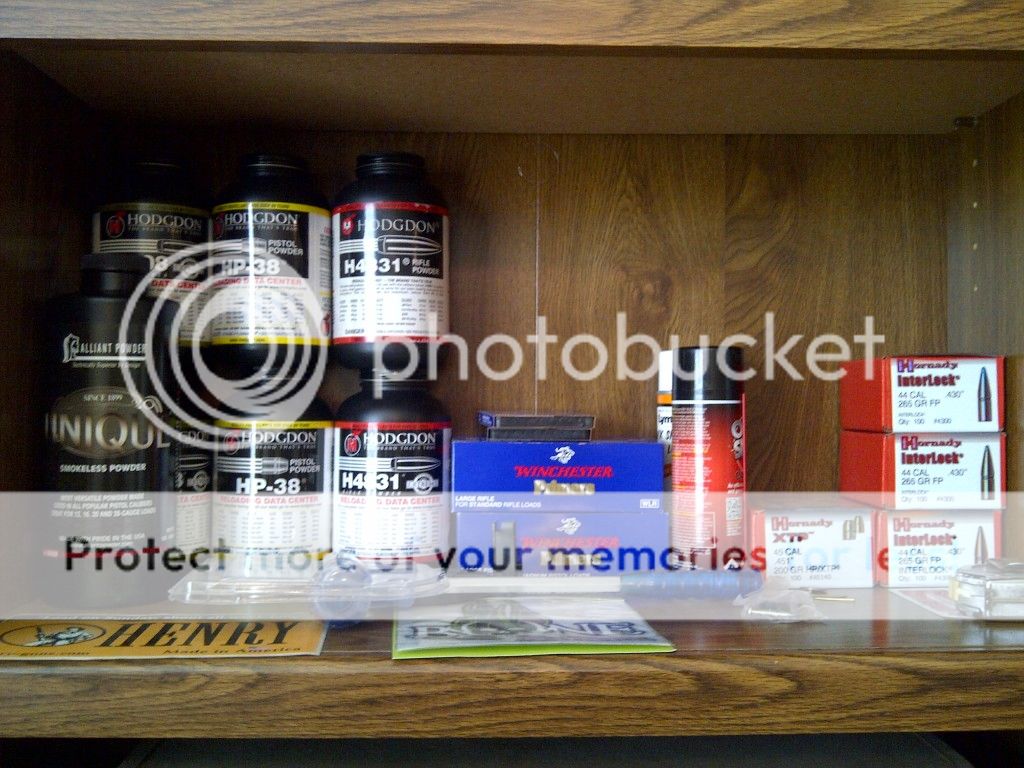Getting started
There are some basics that you need to have to start so I'll list them below and their approximate price. As with any process related hobby there are recurring and non-recurring costs. Non-recurring means you pay once for it and unless it needs repairing or replacement you never buy that item again. The recurring costs typically relate to consumable items that go into making your ammunition.
Non-recurring
This is a single stage press and can only perform one function at a time which is a great way to learn hand loading. The press typically mounts to a workbench however you can see in this picture I have mine mounted to a wood board and then it is C-clamped to the table. That allows me to mount my press almost anywhere I go quickly (camping, shooting range, hunting, etc.).
There are also hand presses that you literally hold them in your hands (no need to mount them) however they can be cumbersome and it will take a bit longer to load your ammo with. The upside again is price (around $28.00) and portability.
This is the next non-recurring item that you must have. One set for each caliber you intend to hand load for. These can run $20.00 and upward of a $100 for a nice set of "competition" dies for the serious hand loader.
This set is for my 45/70 Guide Guns. the 45/70 is a straight walled casing which uses a three die set. The first one sizes the case back to factory specs after firing and removes the spent primer. The second (middle in this picture) flares the mouth of the case to allow you to start the new bullet just before you press it into place. The third and final die then seats the bullet to the proper depth in the case and then crimps the case tightly around the new bullet. You also need a shell holder which can be seen in the top, center of the plastic case that holds this specific caliber case in the press.
I use Hornady brand die sets but all available manufacturers are good - and they all fit the different press manufacturers presses. Rifle die sets require you to lube the case before resizing with the first die whereas pistol caliber die sets are often manufactured out of carbide materials which do not require this first step.
Recurring expenses
These items include but are not limited to the
following:
- brass cartridge (can typically reuse 15-20 times)
- powder (amount used varies on cartridge & load)
- primers
- bullets (lead or copper jacketed)
- case lube (liquid or spray)
This listing of non-recurring & recurring items is to give you a basic idea of what you will need. The most important item that hasn't been listed yet is the reloading manual. There are so many to choose from and everyone has their favorite. That being said I rely heavily on my Lee and Lyman 49th edition. You cannot have too many reloading manuals. A beginner should pick up a couple of these and read from the front cover to the back.
There is also a ton of reloading advise on the internet (including this blog) but you should always compare what you read online with what your books and common sense tell you. This is a very fun hobby however you must take precautions along the way to stay safe. I would say the best way to get started is to have a mentor that you can work with to show you the ropes. That being said I started years ago before the internet and just read everything I could get my hands on.






No comments:
Post a Comment